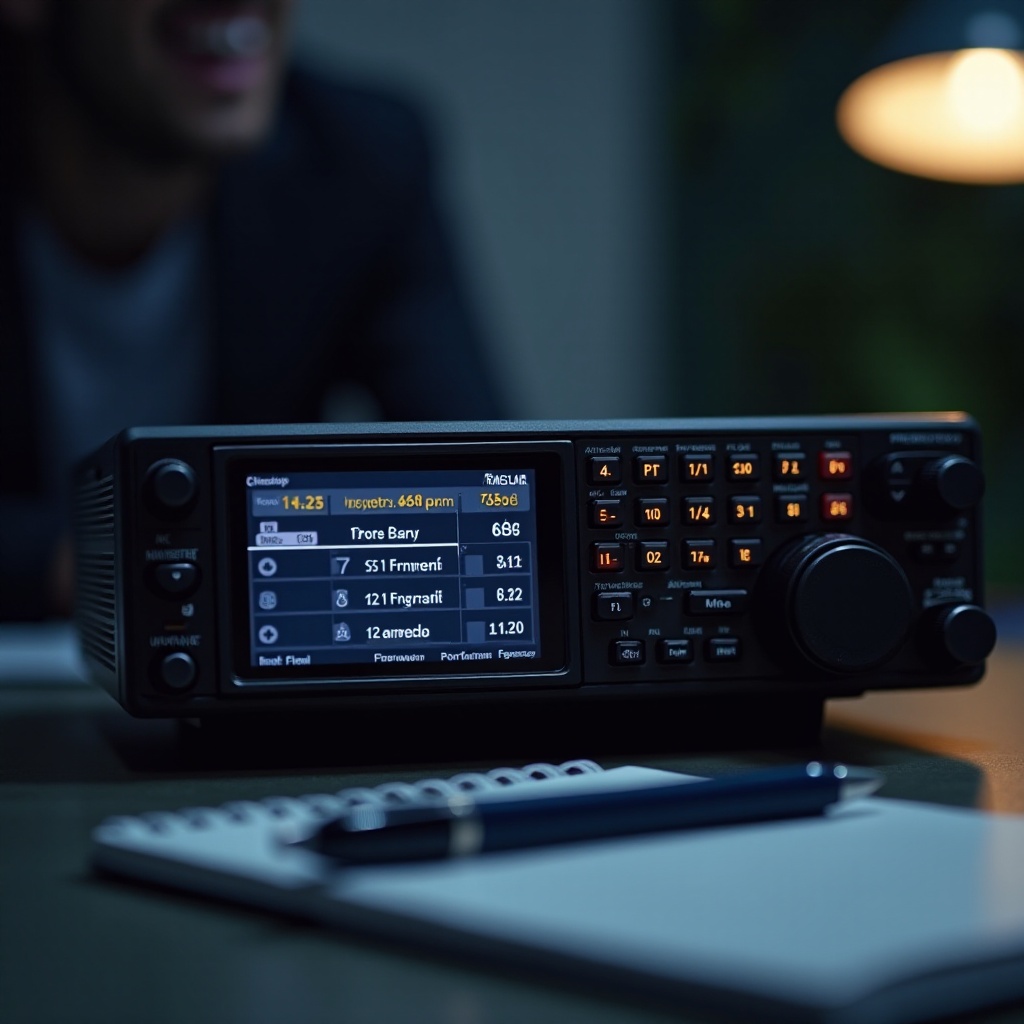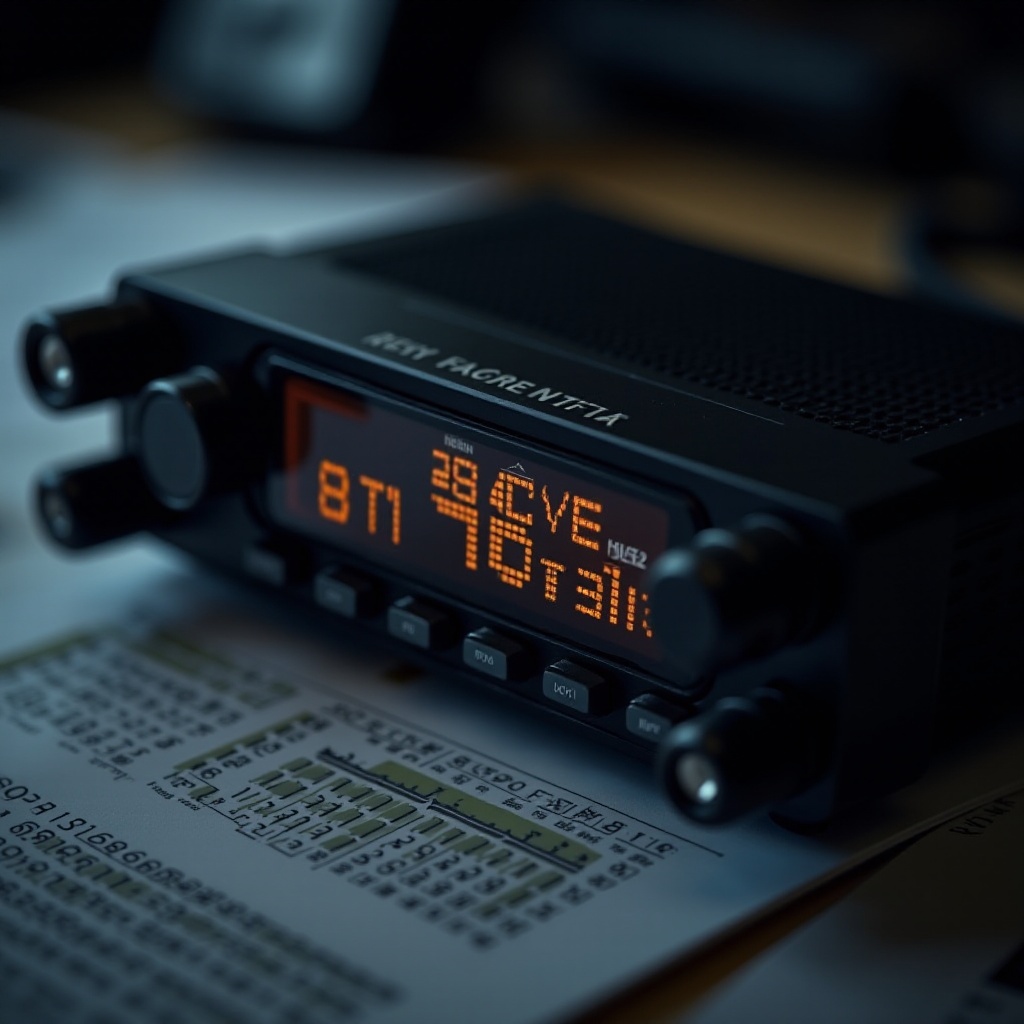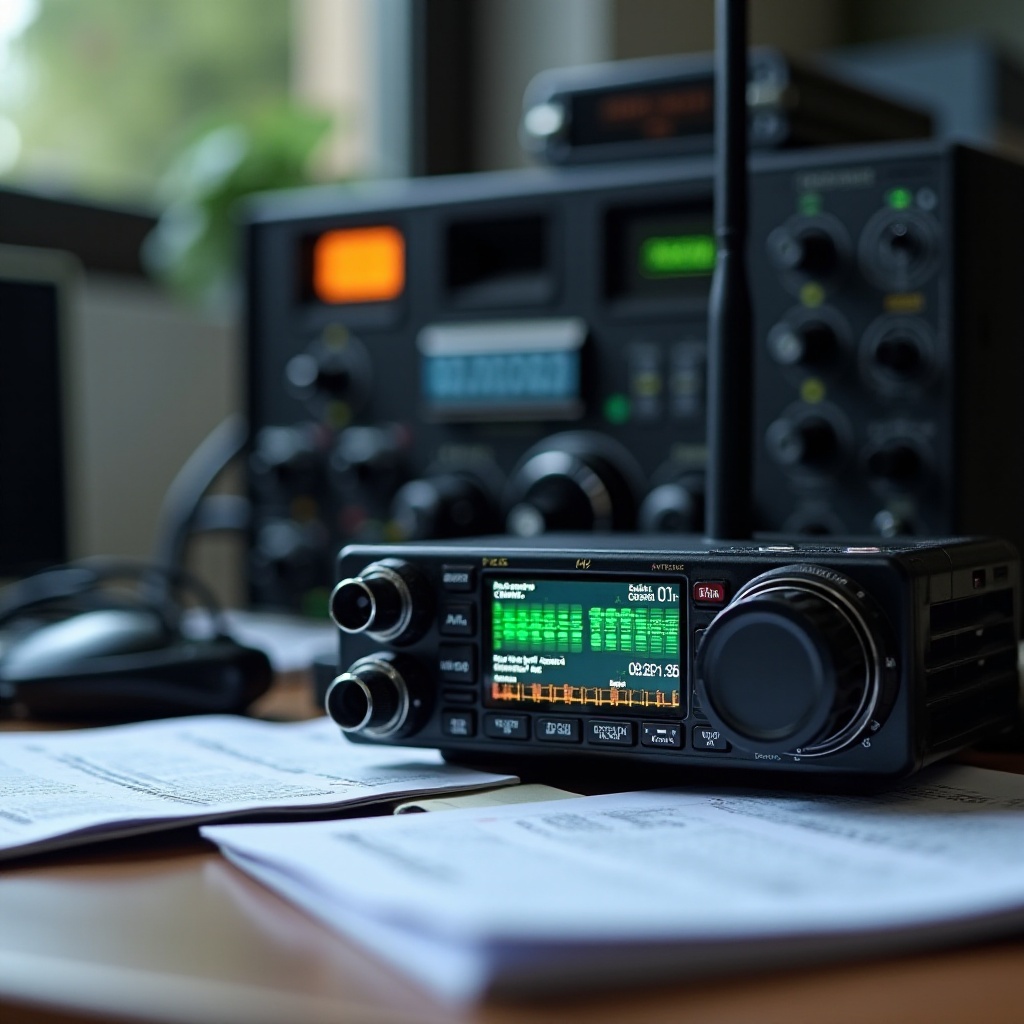Scanners Radio Frequencies: A Comprehensive Guide
Introduction
Scanners radio frequencies play a crucial role in enabling us to access various channels of communication. These frequencies are utilized by many individuals, organizations, and public safety agencies to stay connected and informed. Whether you are a hobbyist interested in listening to public broadcasts, or a professional such as a firefighter or paramedic using these tools for critical communication, understanding scanners radio frequencies is essential.
This comprehensive guide will take you through everything you need to know about scanners radio frequencies. From understanding the basics to tracking down specific frequencies and selecting the best devices, this blog covers it all. So, let’s dive deep into the world of scanners and radio frequencies to enhance your knowledge and expertise.

Understanding Scanner Radio Frequencies
To make the most out of your scanner, it’s vital to grasp the concept of radio frequencies. Radio frequencies (RF) are electromagnetic waves used for transmitting sound and data over the air. Scanners are designed to pick up these frequencies, decoding them into audible sound or readable data.
Frequencies are categorized in different bands such as Very High Frequency (VHF) and Ultra High Frequency (UHF). The VHF band typically ranges from 30 MHz to 300 MHz, often used by FM radio, television broadcasts, and some emergency services. UHF, ranging from 300 MHz to 3 GHz, is commonly employed for television broadcasts, cell phones, and GPS units.
Understanding these basics is crucial as it lays the foundation for diving deeper into different types of scanner radio frequencies and how they are utilized.

Types of Scanner Radio Frequencies
Understanding the types of scanner radio frequencies is crucial for effective scanning. Here are the major categories you’ll come across:
-
Analog Frequencies: These are traditional radio transmissions that convey information in a continuous wave, suitable for personal, business, and public safety use.
-
Digital Frequencies: Transmissions in this form are represented through digital data, providing clearer and more secure communication. DMR, NXDN, and P25 are common digital modes for public safety and business communications.
-
Trunked Systems: These systems use a computer to manage the frequency allocation for large-scale communication networks, like those used by emergency services.
-
Conventional Systems: These simpler systems use a single frequency per conversation and are common with smaller operations or less critical communications.
With a solid understanding of the types, you can now explore the methods to find these scanner radio frequencies effectively.
How to Find Scanner Radio Frequencies
Finding scanner radio frequencies can be a thrilling challenge. Here’s how you can get started:
-
Scanner Radio Directories: Resources such as the RadioReference database offer extensive listings of frequencies used by public safety, businesses, and agencies across different regions.
-
Official Websites: Emergency services, local government, and public service agencies often list their communication frequencies online. These can be reliable sources of current frequency information.
-
Scanner Apps: Applications like Broadcastify provide real-time feeds and frequency databases which can be a quick way to jump into listening.
-
Forums and Communities: Engaging with local amateur radio clubs or online forums can be invaluable for discovering frequencies.
-
Trial and Error: Sometimes, scanning through frequency bands manually can reveal channels not otherwise listed or known, especially localized or newer frequencies.
After identifying the frequencies, the next step is selecting the best scanners that cater to your needs.

Best Scanners for Radio Frequencies
Selecting the right scanner is critical for effective scanning. Here are some top picks:
-
Uniden Bearcat BC125AT: Ideal for beginners, it offers ease-of-use and covers VHF and UHF frequencies, making it versatile for various scanning needs.
-
Whistler WS1040: This digital handheld scanner is excellent for users looking to delve into digital frequencies, with advanced programming options.
-
Uniden HomePatrol-2: For those seeking convenience, this model is pre-programmed with the U.S. and Canada frequencies, allowing easy plug-and-play functionality.
-
Whistler TRX-2: This advanced scanner supports both digital and analog frequencies and offers a robust feature set for the seasoned scanner enthusiast.
When choosing a scanner, consider the types of frequencies you need to access, the ease of programming, and any additional features that might enhance your scanning experience.
The practical application of these scanners can greatly extend their utility in various fields.
Practical Applications of Scanner Radios
Scanner radios serve a wide range of practical applications:
-
Public Safety Monitoring: Individuals can keep track of local emergency services, gaining insights into public safety issues and emergencies as they unfold.
-
Weather Alerts: Monitoring weather-specific frequencies can provide real-time updates on severe weather conditions and warnings.
-
Hobbyist Listening: Amateur radio enthusiasts often use scanners to listen in on local and international communications as part of their hobby.
-
Event Coordination: During large events like sports games or concerts, scanners help organizers coordinate and ensure smooth operations.
-
Transportation Monitoring: Listen to communications from aviation, maritime, and rail operations for travel-related insights and safety.
Maximizing your scanning experience involves some handy tips.
Tips for Effective Scanning
To ensure you’re getting the most out of your scanning experience, follow these tips:
-
Keep Your Scanner Updated: Regularly update the firmware and frequency database of your scanner for the best performance.
-
Program Frequencies: Spend time programming your scanner with your desired frequencies and create custom scan lists for different occasions.
-
Use External Antennas: Improve reception by using external antennas, especially if you are indoors or in an area with weak signals.
-
Stay Organized: Keep a log of interesting frequencies or significant communications for quick access in the future.
-
Be Patient: Scanning takes time and patience. Persistence is key to discovering new and interesting channels.
Understanding the legal and ethical considerations is equally important.
Legal and Ethical Considerations
While using scanner radios is an engaging hobby, it is vital to be aware of the legal and ethical considerations:
-
Privacy: Avoid scanning restricted frequencies such as those used by cellular phones or encrypted channels, as this is illegal.
-
Local Laws: Different jurisdictions have varying laws regarding the use of scanners, especially in vehicles. Familiarize yourself with local regulations to stay compliant.
-
Responsible Use: Use information gathered responsibly and refrain from sharing sensitive or potentially harmful information.
By adhering to these guidelines, you can enjoy scanning activities responsibly while respecting legal boundaries and privacy concerns.
Conclusion
Scanners radio frequencies open up a myriad of possibilities for communication and information. By understanding the types, finding the right scanners, and applying practical scanning techniques, you can deeply immerse yourself in this fascinating world. Whether for professional use or as a hobby, scanners provide an indispensable tool for enthusiasts and public safety professionals alike.
Equip yourself with the knowledge shared in this guide and embark on your scanning journey confidently and responsibly.
Frequently Asked Questions
How do I find local scanner frequencies?
You can find local scanner frequencies through online directories like RadioReference, official agency websites, and scanner apps like Broadcastify. Engaging with local radio clubs and online forums can also offer useful insights.
Is it legal to listen to scanner radio frequencies?
Yes, it is generally legal to listen to unencrypted and non-cellular scanner radio frequencies. However, always ensure compliance with local laws and regulations regarding scanner use.
What are the best scanners for beginners?
For beginners, the Uniden Bearcat BC125AT and the Uniden HomePatrol-2 are excellent choices. They offer ease of use and comprehensive frequency coverage, making them perfect for getting started.
